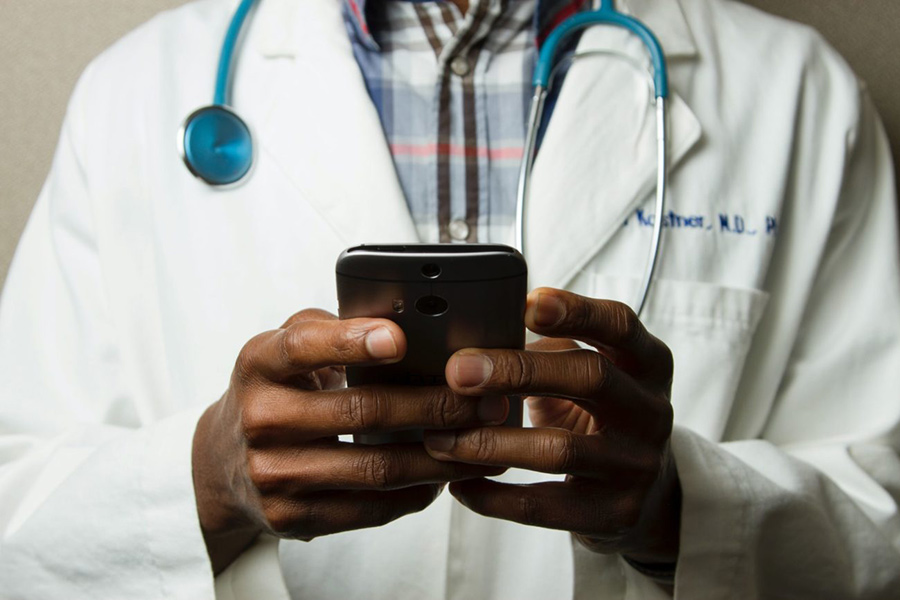In April of 2020, at the height of the COVID-19 pandemic, the share of virtual and phone visits was higher than in-person appointments.
It was the only month it happened, according to new data from the analytics and advisory company, Vizient. While telehealth visits have leveled off at 22 percent more broadly, the modality continues to be used in large numbers for behavioral health and neurology encounters.
For behavioral health, telehealth visits topped out at 79 percent in April of 2020. As of January 2021, telehealth visits have stayed in the majority, however, at 68 percent. More than 80 percent of neurology visits were conducted virtually in April of 2020. In January of this year, it was 40 percent of visits—the second most of any specialty behind behavioral health.
Overall, virtual visits went from 68 percent in April 2020 to 22 percent in January of this year. There was a slightly higher uptake in larger organizations (more than 1,000 providers) but the trends stayed virtually the same after the peak in the spring of last year. Of consumers surveyed by Vizient, 78 percent said they would like to see telehealth visits continue once the COVID-19 crisis is over and 93 percent are likely to use the service with their existing providers.
Payment parity
One of the driving forces behind the increase in telehealth visits was the payment parity rules established by the Centers for Medicare and Medicaid Services (CMS) and other payers during the early days of the pandemic. While it’s unclear if those payment parity rules will stay in place permanently, which many in the industry have advocated for, at least one organization was encouraging behavioral telehealth visits prior to the pandemic.
“Before the pandemic in Rhode Island, we implemented telehealth for behavioral health at payment parity. Of course, the pandemic was where we saw the greatest use of telehealth,” Kim Keck, CEO of Blue Cross Blue Shield Association (BCBSA) said at the Health Evolution Confab. Before becoming the CEO of BCBSA, Keck was the chief of Blue Cross Blue Shield of Rhode Island.
“I hope what we’ve started to create with telehealth visits in 2020 will become digital health in 2021 and beyond. I also hope it’s not just episodic care that we see being delivered [virtually], but it’s integrated into everything else we do. What we’ve found is it’s a one-off as a beginning and [usage of] mental health [services], which is a great start, but I’d love that to be integrated into everything else we do,” Keck said.
Some states are already moving ahead with more accessible telehealth rules post-pandemic. This week, Arkansas Governor Asa Hutchinson signed legislation into law that allows any technology to be used in establishing a patient-provider relationship as long as it meets the standard of care, includes all health care providers, and allows any health care provider to maintain the necessary health record.
Earlier this year, Massachusetts Governor Charlie Baker signed a comprehensive telehealth law requiring reimbursement for both Medicaid and private payers if the services are covered in-person and it is appropriately delivered through telehealth. This included behavioral health services.
“I am proud to sign this legislation which promotes telehealth services that have become vital during this pandemic, expands access to high-quality, affordable care, takes steps to protect consumers from surprise medical bills, and preserves access to COVID-19 testing and treatment. We look forward to working with our partners in the Legislature and the health care community to build on these reforms in the future,” Baker said during the ceremony.
The Center for Connected Health Policy (CCHP) recently released an updated summary (although it was published before the Arkansas law was passed) of where all 50 states and Washington D.C. stand on their telehealth rules and definitions. According to one report, 43 states and D.C. have implemented a version of a state telehealth commercial payer law.
Homepage image: National Cancer Institute











